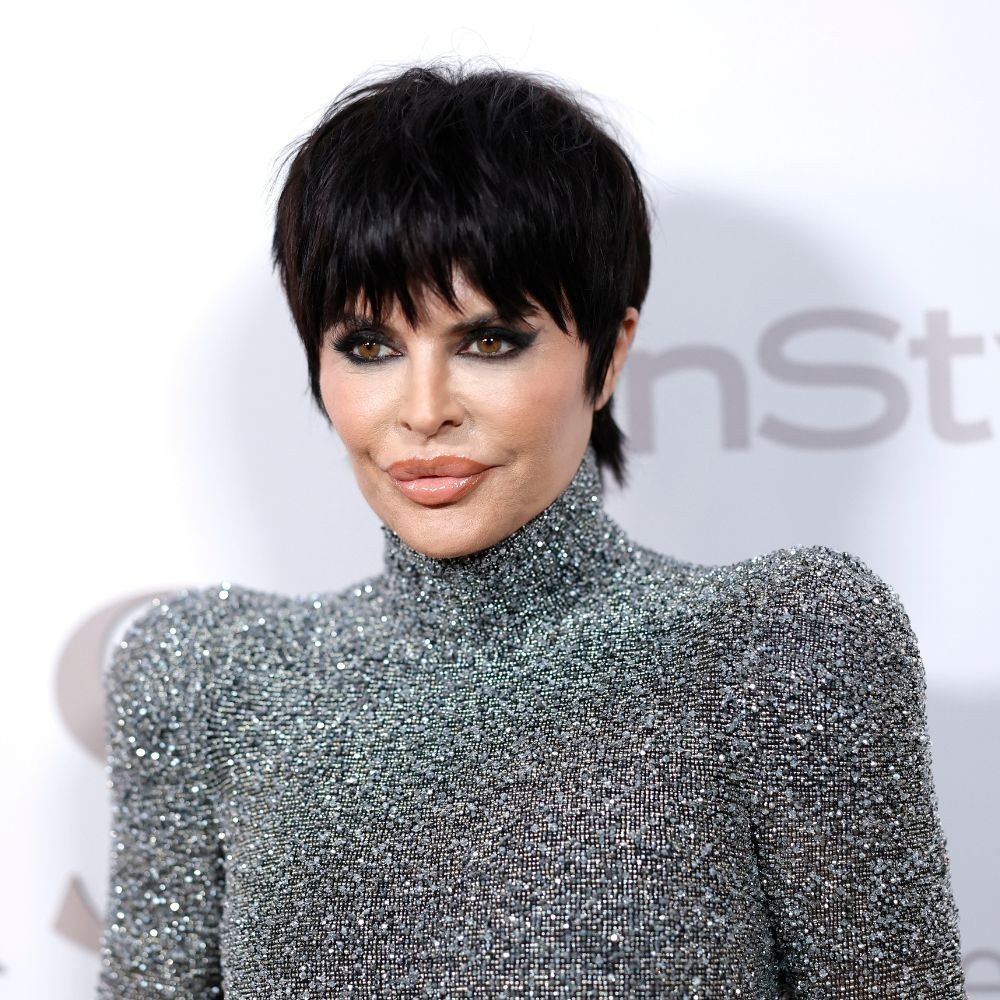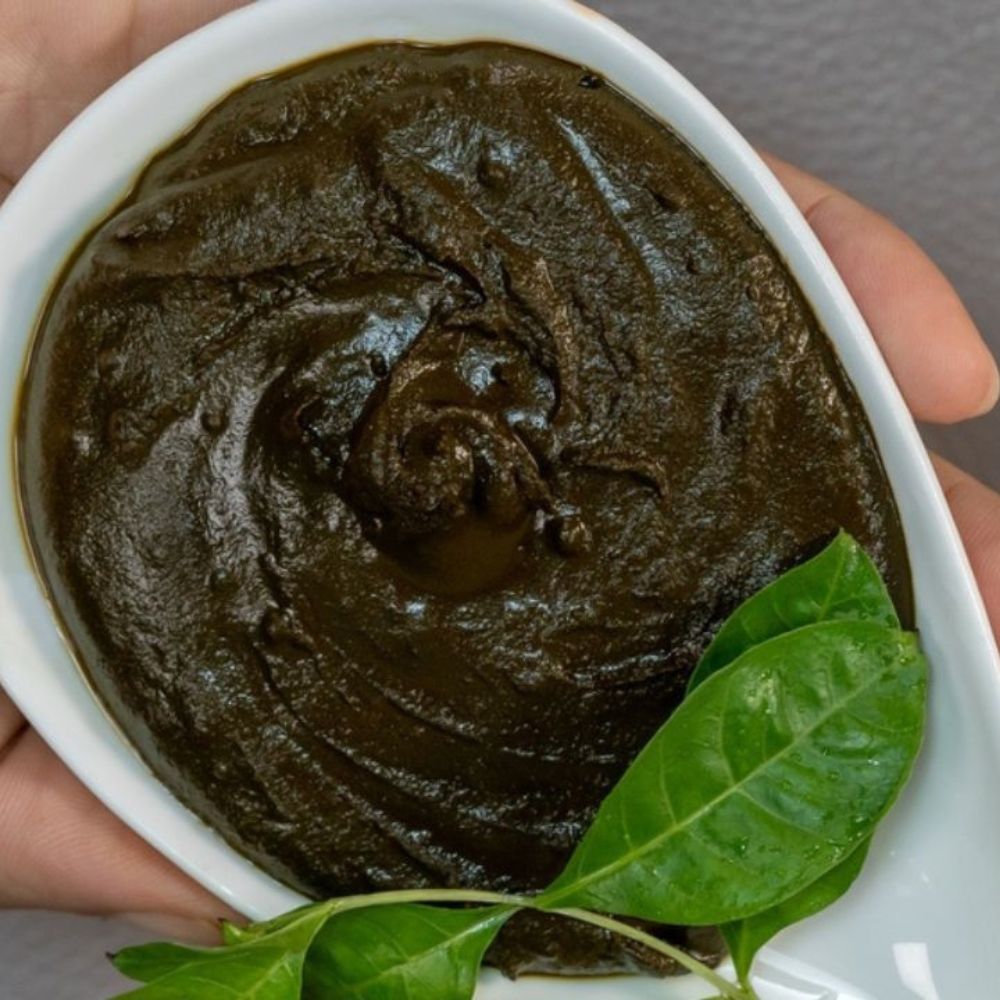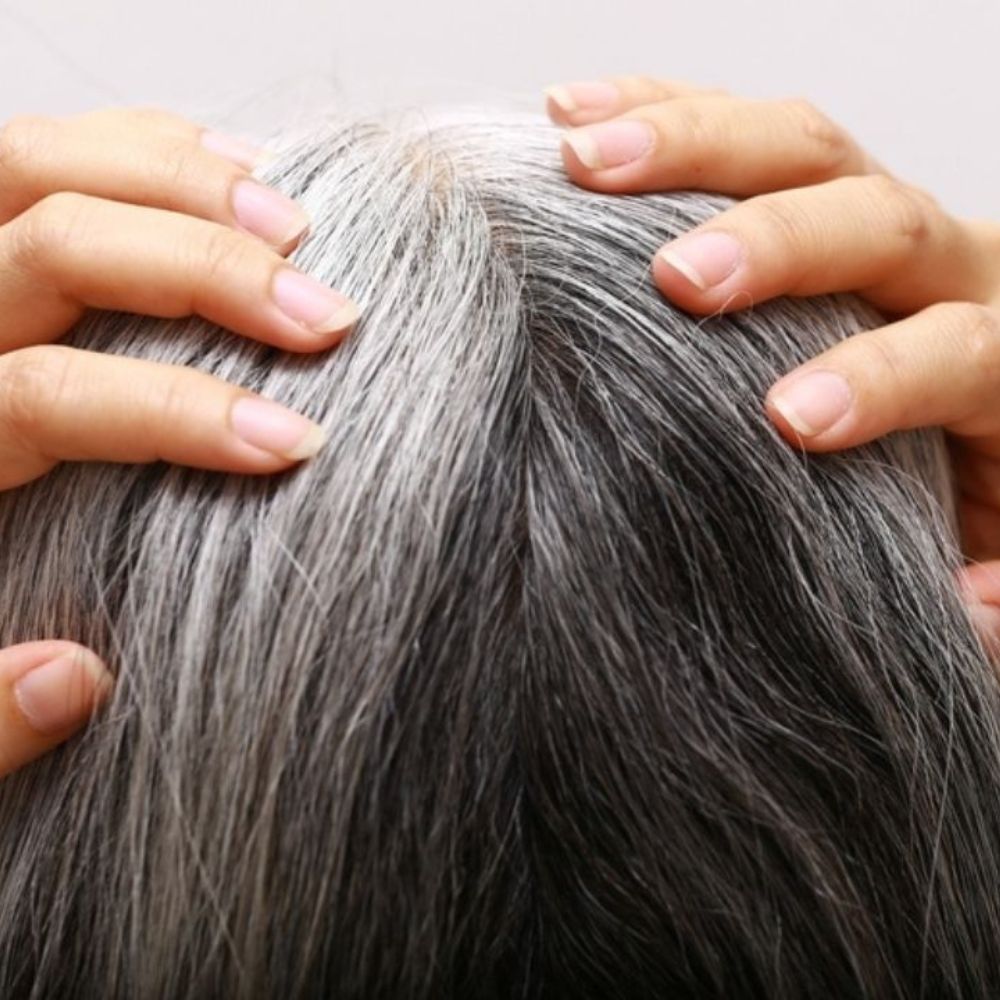A Quick Guide to Fighting And Preventing Hair Loss On Temples
Are you discovering hair loss on temples? No matter what age you are, this can feel distressing. This article may help you gain a better understanding.
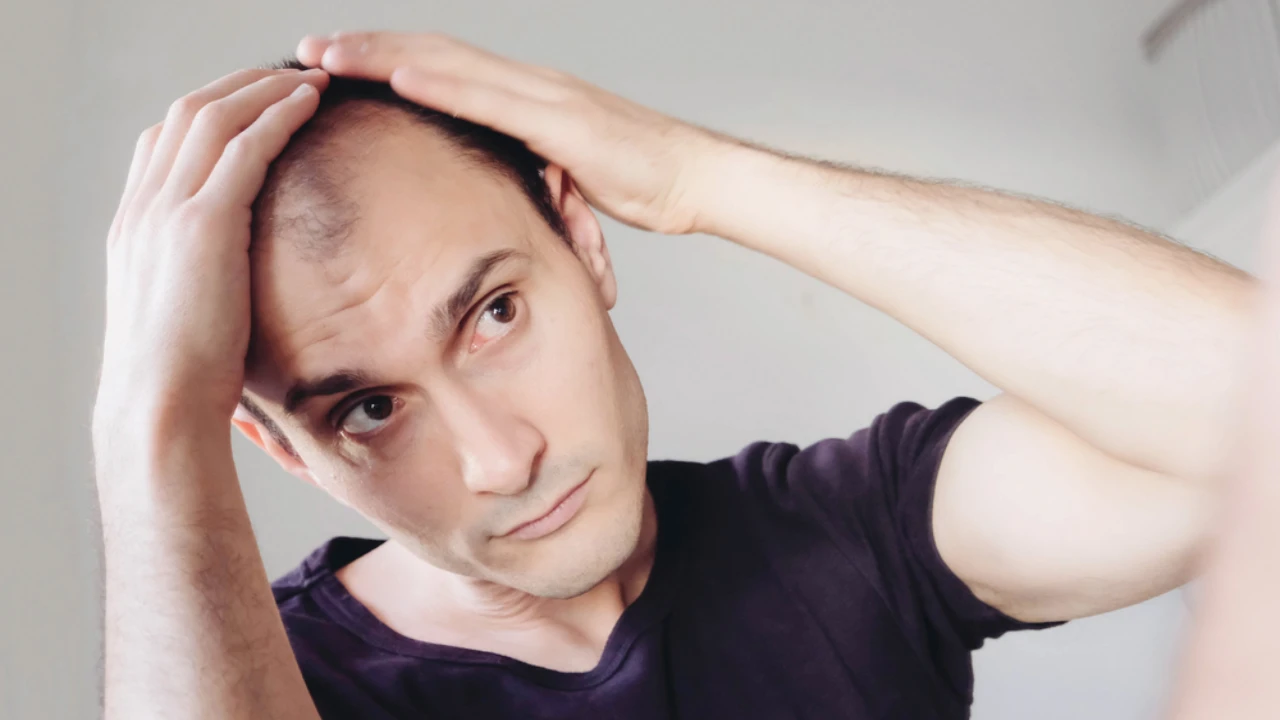
Hair loss is one of the most common and distressing problems people face at some point in their lives. This tends to affect lifestyle to a large extent, especially in terms of their looks, the way they feel and think about themselves. It has an effect on their confidence. Some of the early signs of hair loss on temples, can trigger anxiety and dread among the best of us. Especially when you notice these symptoms early in life, you may feel an urgency to fix the issue and start jumping from one option to the next. It may prove to be counterproductive. However, recognizing the early signs and getting help from professionals in a structured way can play a huge role in your hair care journey. Read on to learn about balding at temples, and how to tackle it.
What is Temple Hair Loss
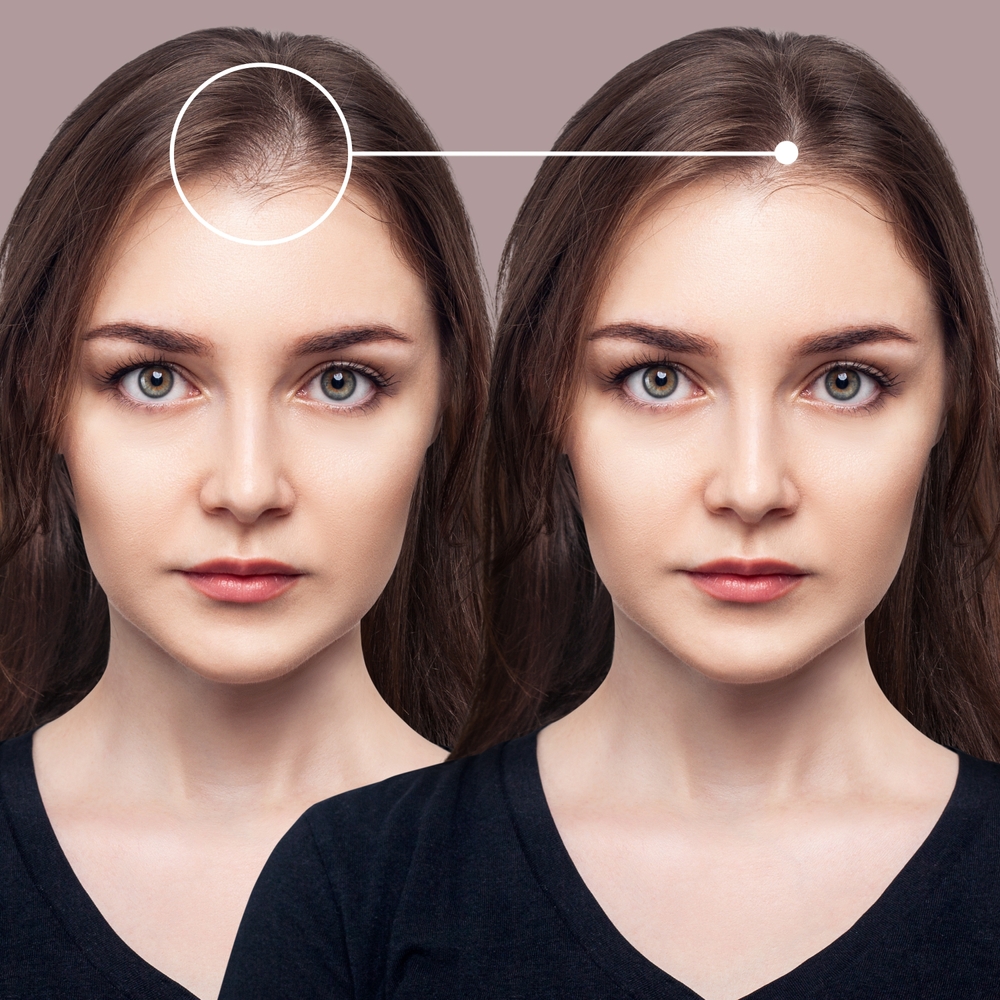
Temple hair loss is primarily thinning of hair at your temple. You may observe thinning of hair on the sides of your head. Thin temples are commonly seen in men rather than women. The severity of temple hair thinning may increase with one's age (1). Temple baldness may be one of the earliest signs of androgenetic alopecia or male pattern baldness. And the effects may be visible on one or both sides (2). Hair thinning at temples can trigger a lot of distress.
For women, if you are used to tying your hair in a bun or a quick high pony you may observe the thinning more! For most people this hair loss can be alarming; particularly since this portion of hair frames your face and it becomes evident that you are experiencing hair loss.
Symptoms of Hair Loss on Temples
Normally people may experience shedding of hair for up to 100 hairs per day. Gradual hair thinning may be one of the early signs of temple hair loss (3). You may start to notice excessive hair fall when combing your hair or in your shower cap. You may also notice hair loss from your forehead and the temples, making the scalp visible. Another indication can be a receding hairline extending to the temples. Hair loss on temples can result in a V-shaped hairline, commonly seen in men. This is also called a “widow's peak”. Apart from this, there could be symptoms like itching or flaking of the scalp and temporofrontal scalp area. You may also notice the health of your hair deteriorating and turning brittle. These may be early signs and symptoms of temple hair loss and may aggravate if not kept in check or worked on. Hence, it is important to observe your hair fall pattern and be mindful of the regrowth pattern of your hair.
Causes of Temple Hair Loss
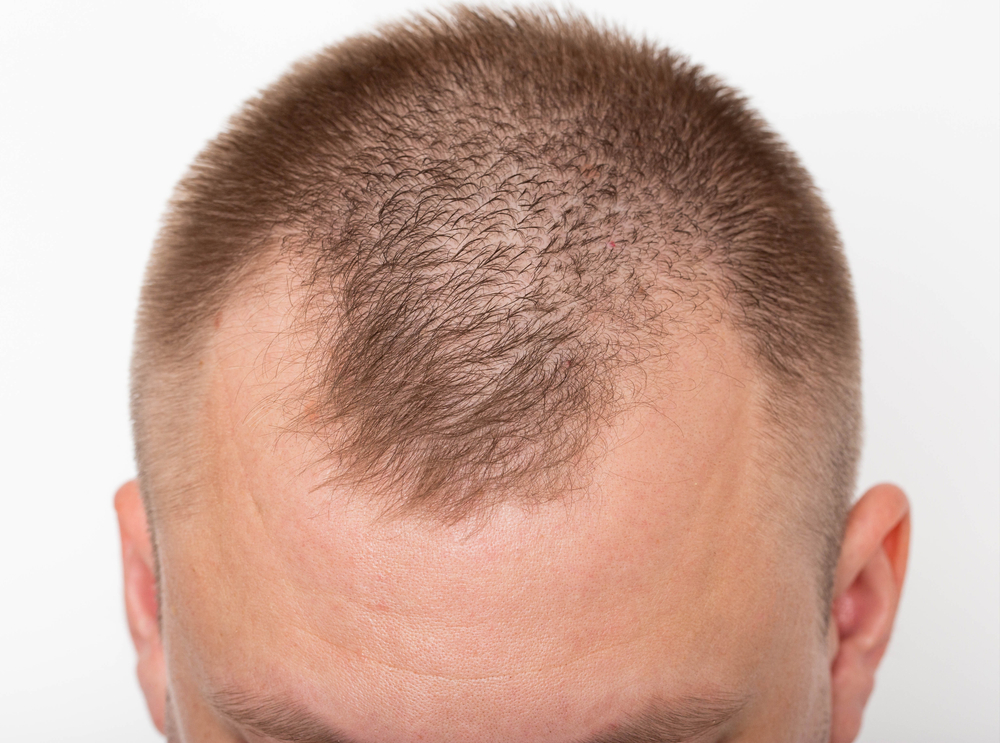
Most commonly, temple hair loss is genetically inherited similar to male pattern baldness. There may be various other factors influencing temple hair loss including poor nutrition, pollution, stress, etc.(4), (5), (6). Below, we discuss some established causes of temple balding.
- Traction Alopecia
Excessive use of hair extensions, tight braids, and hairstyles can also contribute to hair loss at the temples. Women who constantly tie up hair in tight hairstyles like buns where the hair is pulled constantly for long durations may experience something called traction alopecia. This causes physical stress to the hair follicles and scalp leading to breakage. (5).
- Hormonal Causes
Health conditions that affect the hormonal cycles like thyroid issues and Polycystic ovarian syndrome (PCOS/OD) can also lead to pattern baldness or hair loss at the temples. Women may also experience temple hair loss postpartum due to hormonal changes (7).
- Wearing Hats / Accessories
Excessive wearing of hats or repetitive behaviors which pull the hair back from the forehead can also trigger hair loss at the temples if not kept in check.
- Your Diet
What you eat directly influences your hair health. A diet that is low on proteins and vitamins is linked to poor follicle health leading to hair loss and breakage (8). Deficiencies in vitamin B and D have also been linked to hair loss and weaker hair.
- Stress
Stress has long been identified as a factor influencing hair loss. Leading an unhealthy life can cause excessive amounts of stress which then impacts metabolism, in turn affecting your body and hair health. Chronic stress has also been identified as a cause of Telogen Effluvium, a form of stress-induced hair shedding (7).
- Smoking
Smoking has also been one of the lifestyle factors which can influence follicle health impacting hair loss. Research has linked smoking to androgenetic alopecia, and may increase hair thinning (9). Smoking causes vasoconstriction, which reduces blood supply to the scalp thereby causing micro-inflammation in the hair follicles. This affects hair health and growth (10).
- Medication
Hair loss can also be a common side effect of using certain medications. These medications affect the follicles which leads to hair loss. Some examples of medications that can affect temple hair loss are beta blockers, oral contraceptives, or antidepressants.
How to Treat Temple Hair Loss

Temple hair loss is treatable and it may be essential to see a doctor to have the most effective treatment. Given that there are various causes of temple hair loss, there are different ways to tackle it as well. Understanding the causes may play an important role in controlling or even trying to reverse this hair loss. Seeing a doctor in time may help resolve the issue much sooner.
Here are some of the commonly used methods to treat temple hair loss.
1. Minoxidil
One of the most common treatments widely used is topical medicines like minoxidil. This is an FDA-approved drug for hair growth (11). It increases the blood flow to your scalp which increases hair growth.
2. Olive Oil
Olive oil has been used as a natural remedy for reducing hair thinning at temples. Research has demonstrated that massaging olive oil into your scalp can promote hair growth and give you thicker hair (12).
3. Hair Transplants
This is a permanent but expensive method. Active hair cells are extracted from dense patches and replanted in bald areas. This may be one of the last resorts to treat temple baldness.
4. Finasteride
According to research oral intake of finasteride was found to promote hair growth and reduce hair loss. It has been widely prescribed as a treatment for male pattern baldness.
5. Laser light
In another form of treatment, laser light may be used to treat hair loss at the temples. Research on mice has demonstrated that laser light therapy can effectively stimulate hair growth (13). It may be an effective way to treat hair loss.
6. PRP Treatment
Platelet Rich Plasma treatment may be another popular form of treating temple hair loss. It's a safe and non-surgical treatment which makes it a very stress-free option. In this therapy, plasma is extracted from the patient's blood and then used to inject into bald patches (14). According to research, patients undergoing PRP experienced a significant increase in hair growth and density. There were also no side effects(15).
7. Onion Mask
Research has also been promising in the area of using onion as a method to treat bald patches. It was found that onions may stimulate hair growth due to their high sulfur content. It helps improve follicle health, thereby improving hair growth (16). All you need is one response of extracted onion juice to massage it on your temples where there is hair loss.
8. Healthy Diet
Given what you eat greatly affects your hair health, making effective changes in your diet can help. Include food that is rich in proteins, vitamins, and Omega-3, to have better follicle health and reduce hair thinning at temples.
9. Hairstyles
It may be important to have hairstyles that let your hair breathe. Avoid pulling your hair and tying them up for long durations to avoid breakage.
10. Coconut Oil
Coconut oil has been a home remedy for all kinds of hair problems since ancient times. It is known to nourish and condition your hair given it contains fatty acids. It further reduces protein loss in the hair, making them stronger (17).
Prevention Tips for Temple Hair Loss
Prevention is always better than cure and hence making sure we take good care of your hair may be essential. There can be various ways to make sure you have healthy hair and avoid the whole stress of treatment for hair loss. In this section let’s look at some ways to prevent temple hair loss.
To start with make sure you have a healthy diet that is rich in vitamins, minerals, proteins, and Omega-3. These are key ingredients to having long-term healthy hair. As a part of maintaining a healthy lifestyle, make sure you are managing stress better and avoiding smoking. These are scientifically known reasons for hair loss and can be easily prevented.
As a part of your hair care routine, avoid tying your hair into tight buns or braids for too long. Reduce the use of chemical treatments and use of styling equipment that acts on the hair using heat, for example, curling irons (18). Change your hair partitions frequently to avoid thinning from the partition area.
Apart from this, make sure you consult a trichologist when you experience any changes in patterns of hair growth or notice any patches of baldness. It may be better to consult a doctor than self-medicate, as this can worsen the situation.

Hair loss on temples is a common issue that is faced by men and women both. Losing considerable temple hair affects the way your face looks. This can leave the sufferer with major confidence issues. This form of hair loss is a common symptom of developing other hair-related issues like alopecia. There are a plethora of reasons why people may experience this thinning of hair at the temples, however, it is largely attributed to genetic factors. Your lifestyle and stress significantly affect the health of your hair, in turn impacting hair loss. Knowing the causes can help in treating the problem and even help you to maintain healthy hair. Oiling your hair and having a good hair care routine will help to sustain hair growth. At the same time, if you do experience hair loss, there are multiple options that are now available to treat the problem, right from transplants to using essential oils and home remedies. Consulting a doctor and then choosing the most suitable treatment may be the way to go.
Sources:
- Demographics of women with female pattern hair loss and the effectiveness of spironolactone therapy - Journal of the American Academy of Dermatology (jaad.org)
- Full article: Male androgenetic alopecia (tandfonline.com)
- Do you have hair loss or hair shedding? (aad.org)
- Male Androgenetic Alopecia: Population-Based Study in 1,005 Subjects - PMC (nih.gov)
- (PDF) Hair loss: An overview (researchgate.net)
- A Descriptive Study of Alopecia Patterns and their Relation to Thyroid Dysfunction - PMC (nih.gov)
- Telogen Effluvium: A Review - PMC (nih.gov)
- Hair Loss | Alopecia | Alopecia Areata | MedlinePlus
- Role of Smoking in Androgenetic Alopecia: A Systematic Review - PMC (nih.gov)
- Association between smoking and hair loss: another opportunity for health education against smoking? - PubMed (nih.gov)
- Treating female pattern hair loss - Harvard Health
- https://www.ncbi.nlm.nih.gov/pmc/articles/PMC4740347/
- Low-Level Laser (Light) Therapy (LLLT) for Treatment of Hair Loss - PMC (nih.gov)
- Platelet-rich plasma for androgenetic alopecia: A review of the literature and proposed treatment protocol - PMC (nih.gov)
- The Effect of Platelet-Rich Plasma in Hair Regrowth: A Randomized Placebo-Controlled Trial - PMC (nih.gov)
- Onion Juice (Allium cepa L.), A New Topical Treatment for Alopecia Areata | Request PDF (researchgate.net)
- Rosemary oil vs minoxidil 2% for the treatment of androgenetic alopecia: a randomized comparative trial - PubMed (nih.gov)
- 6 Ways to Stop Hair Loss – Cleveland Clinic
- Standardized Scalp Massage Results in Increased Hair Thickness by Inducing Stretching Forces to Dermal Papilla Cells in the Subcutaneous Tissue - PMC (nih.gov)





 JOIN OUR WHATSAPP CHANNEL
JOIN OUR WHATSAPP CHANNEL












































